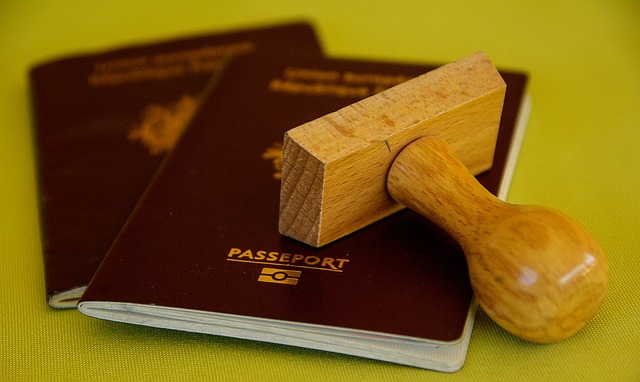
Each year, many international students apply to US schools in order to study full-time in the US. But to attend school in the States, you need more than just good grades — you need a US student visa. Unfortunately, the process for obtaining a visa can be complicated, which is why we’re here to help.
In this guide, we’ll go over the basics of visas and how to get a student visa to the US. We’ll also give you a handful of tips and resources you can use to ensure your visa application process proceeds smoothly.
What Is a US Student Visa? Do You Need One?
In order to legally attend school in the US, all international applicants — that is, those without US citizenship or permanent residence — must first obtain a US student visa. This international student visa allows you to reside temporarily in the US in order to attend an approved school, language program, or academic exchange program.
Your student visa ends once you complete your program. At that time, you must depart the US. (However, you may later return to the US as a tourist or on another visa, such as a work visa.)
There are three types of US student visas:
- F-1 visa: This visa is for high school or college/university (including language program) study in the US, applying to both undergraduate and graduate students.
- M-1 visa: This visa is for nonacademic or vocational study in the US. Such programs are usually short term and career focused. For example, you could attend a culinary school or a medical training program.
- J-1 visa: This visa is for exchange visitors, including study abroad students, scholars, interns, and au pairs.
Generally speaking, international students who wish to study full-time in an undergraduate or graduate program will need an F-1 visa. By contrast, if you’re interested in studying abroad for only a semester or two at a US institution (and want to receive credits that go toward your home institution), you’ll need to apply for a J-1 visa.



